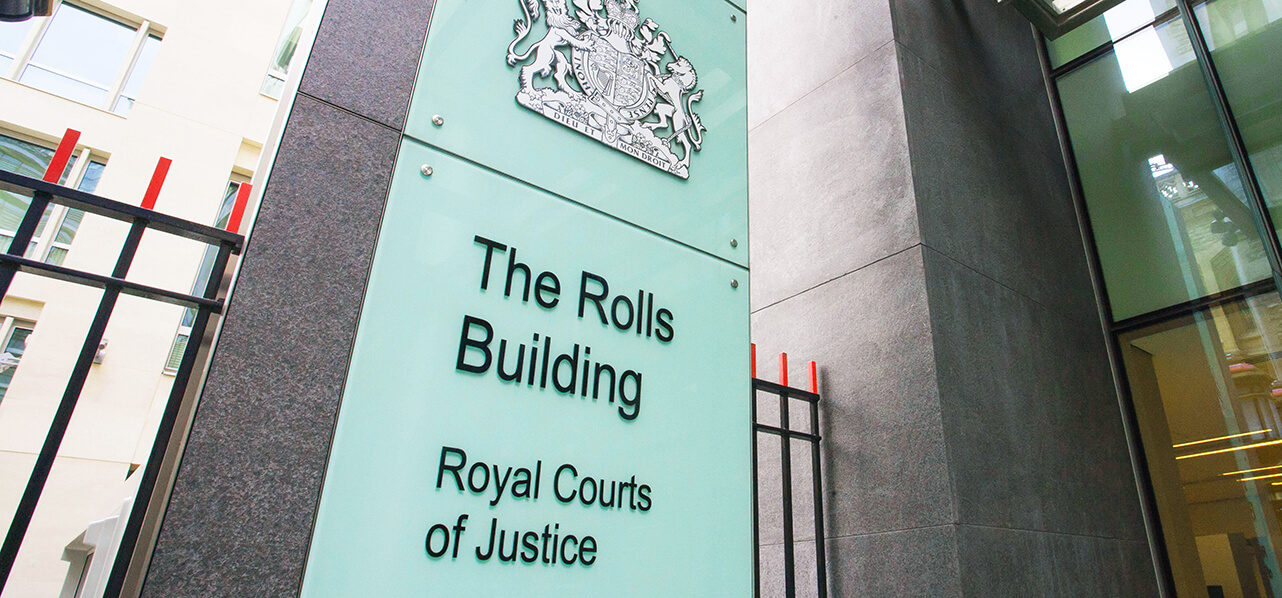Introduction
In a landmark decision, the UK Supreme Court has restricted access to an alternative form of dispute resolution for deciding construction disputes that is quicker and cheaper than litigation. By narrowly interpreting the reference to “construction contract” at section 104 of the Housing Grants, Construction and Regeneration Act 1996 (the “Act”), the Court has effectively confined statutory adjudication to the contracts under which the original works and services were performed. The Court has also reversed an important decision of the Technology and Construction Court from eleven years ago that confirmed statutory adjudication rights were available for collateral warranty claims.




